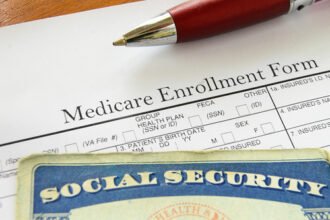Today about 78 percent of the prescriptions Americans fill are generic drugs. The average cost of a generic drug prescription in the Medicaid program is $20.61, compared to the $195.54 average for name brand medications (including drugs for which there is no generic equivalent). Generic fill rates are a low as 47% in Tennessee and range all the way up to 79% in Hawaii.
Today about 78 percent of the prescriptions Americans fill are generic drugs. The average cost of a generic drug prescription in the Medicaid program is $20.61, compared to the $195.54 average for name brand medications (including drugs for which there is no generic equivalent). Generic fill rates are a low as 47% in Tennessee and range all the way up to 79% in Hawaii.
State reimbursement rates to pharmacies for filling Medicaid prescriptions vary more than is warranted by market conditions, competition and business costs. Dispensing fees vary from $1.75 in New Hampshire to $10.64 in Alabama. The average dispensing fee negotiated by private Medicare part D drug plans is about $2.00.
Over the course of a decade, increased utilization of generic drugs (when appropriate) would save $15 billion, while paying market rates for dispensing fees would save an additional $10 billion. All told, state Medicaid programs could save a total of $32.7 billion over a decade using these and other techniques.
Read more in my latest NCPA Policy Backgrounder here.






